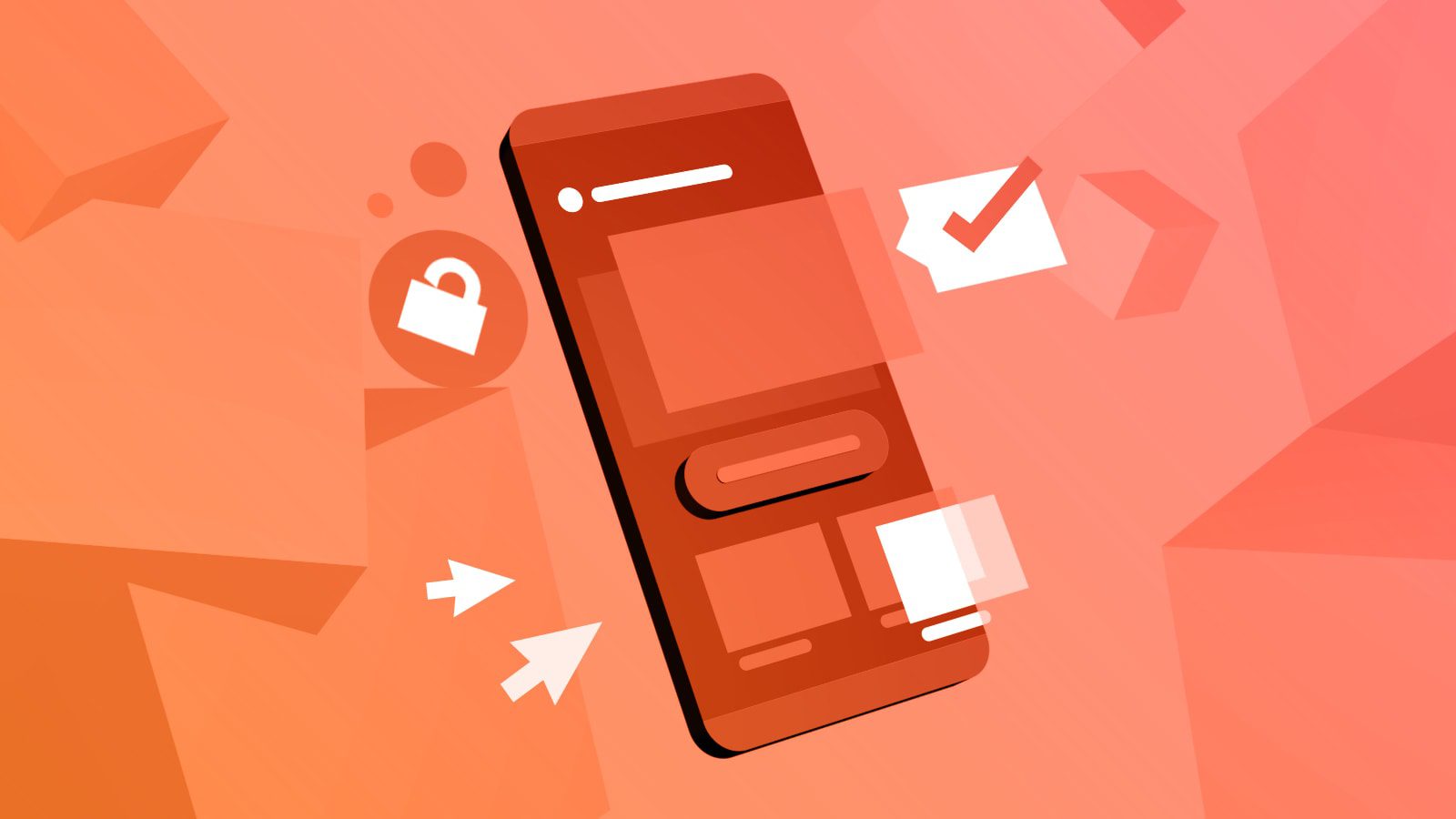According to the Content Marketing Institute, 89% of B2B marketers say brand awareness is their most important goal. That’s more important than sales and lead generation!
So how do marketers make people aware of their brand? Through a consistent look, message and feel across all content channels: Email campaigns to social to websites. It’s a smart goal, as consistent branding can increase revenue by 33 percent.
Just as people tend to embrace routines, customers crave consistency. They like being able to see a logo or color and instantly identify with it. Just look at Coca-Cola — it’s hardly changed its logo since 1885 — and even then the tweaks have been subtle. As a result, Coca-Cola and “Coke” are equally considered the second most popular words on Earth, aside from the word “okay”.
Clearly, a strong brand message is key for not only emotionally connecting with customers, but retaining their business. As 5-7 brand impressions are necessary to make your brand recognizable, consistency of a brand’s colors, fonts, and logos matter.
At first, it may seem daunting to be tasked with keeping a brand’s look and feel consistent. You may not be the only one responsible, so how do you streamline processes so nothing falls through the cracks? To help you get started, let’s look at five top tips for keeping your branding consistent across all email communications.

1. Establish a Style Guide
If you don’t already have a written style guide (that one in your head doesn’t scale!), keep reading. In fact, out of 95% of companies, only a quarter leverage their brand guidelines. Anyone who is involved in the process — from design to copywriting to legal — should adhere to this guide.
Elements that should be in a style guide include design features like logos, trademarks, colors, and fonts. Copy rules involve tone, voice, whether you follow the Oxford comma and so on. Although establishing a guide is hard work, the results are powerful: a signature color alone can increase brand recognition by 80 percent.
Keeping these elements constant will help build your brand and its awareness with your customers. Ensure you keep these guidelines aligned across each email template to avoid breakdown in consistent branding (more on this below).

2. Build Templates to Match Your Campaigns
With your style guide established, it’s time to build templates for different kinds of email campaigns, including:
- Newsletters: weekly or monthly newsletters highlighting upcoming events, product spotlights, latest news
- Policy and privacy updates: COVID-19 information, GDPR updates
- Promotional emails: product kick-offs, seasonal item highlights, 10% off savings, shipping discounts
- Transactional emails: personalized messages such as We miss you! Still available! Here’s your latest invoice or shipping update
- Automated emails: sent automatically at each customer journey point. For example: Thanks for signing up! You have one more step! Let’s get started!
Once you’ve narrowed down the email campaigns, you can start building templates accordingly. With an email production platform such as Dyspatch, you can easily name your template and select the theme. Once you start building content blocks within your template, cross-reference back to your design guidelines to make sure everything is aligned. Using saved templates enables you to easily send out categorized emails without having to start from scratch every time.
3. Secure Those Templates
We’ve all been in (aggravating) situations where a logo or color percentage is mistakenly moved, tweaked or updated without permission. Locking down important elements such as legal and copyright content in a footer protects against human error (and human nature).
This also applies to preventing contributors from introducing things like layout misalignments and incorrect element placements. Dyspatch allows you to control content blocks, making them uneditable so you can maintain brand consistency and compliance. Stakeholders can also be confident that they can update email templates without accidentally changing important details or branding elements.
4. Collaborate Effectively
OK, now that your templates are established and secured, it’s time to set up a central hub for all stakeholders. Marketing, copywriters, managers and other essential collaborators can now review, comment, and suggest changes. A workflow hub is vital for efficient and accurate collaboration and should extend to promotional material to newsletters to transactional emails. This way, you avoid fragmented conversations where important information can get lost if it’s not properly documented.
Dyspatch offers the ability to create and reply to feedback, and provides easily-accessible documentation history in a common location. This streamlined collaboration helps track conversations, especially when the team is working remotely, or there are multiple stakeholders involved.
5. Streamline Approval Workflow
You’ve established a branding guideline, built some engaging templates, locked down the important bits and opened your email to review. How do you then make sure it gets in front of all the right eyes and properly signed off? The last thing you want is an angry stakeholder who missed the memo.
One way to simplify the often laborious approval process is to employ an email campaign builder with an integrated approval workflow. With Dyspatch, you can assign out content blocks and approvals for review via an email notification and a centralized Inbox. Stakeholders can then test the template, chat about it, and approve for export to an email service provider.
Consistency is King
Branding goes beyond simply a logo or a typeface. It’s your story, your essence, your ethos. It’s what makes you unique. Keeping consistent branding for your company is vital for building relationships, retaining customers, and increasing email engagement. If you ensure your brand is always on-point and recognizable, you’ll be rewarded when customers come back — time and again.



